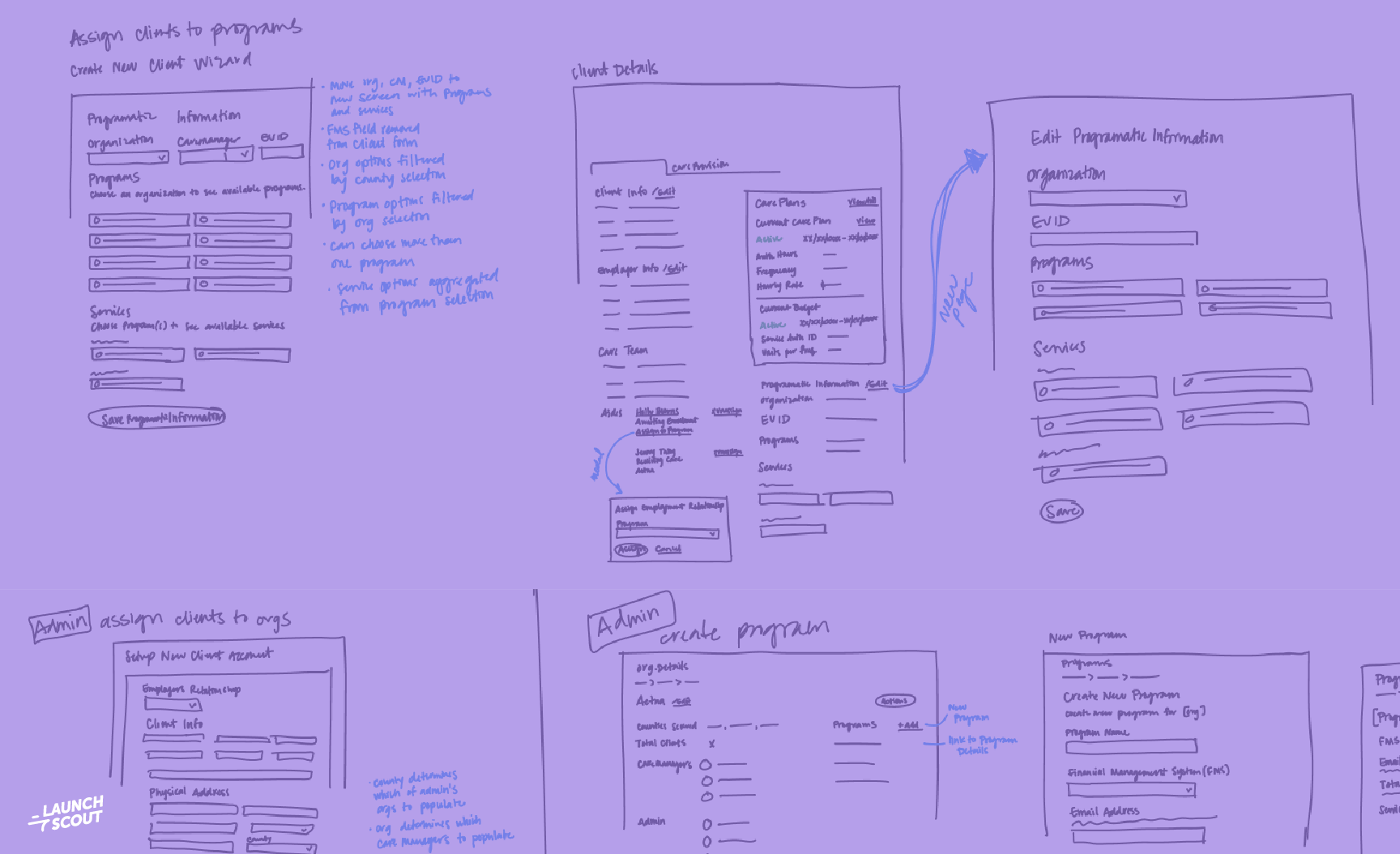
27 March 2025
Why Good UI/UX Design Can Make or Break Your Software
Here’s my hot take: You can have the most sophisticated, secure, and functional software, but it won’t get off the ground if you neglect UI/UX design.
What is UI/UX Design?
UI stands for User Interface. User Interface design deals with the visuals of your software. Think of colors, typography, buttons, look and feel. Its goal is to create a visually attractive, user-friendly, and functional interface.
UX stands for User Experience. User Experience design focuses on the overall experience users have with the software. Think of page layout, navigation, and information architecture. Its goal is to make the software more usable, accessible, and enjoyable.
When I say UI/UX Design, I’m referring to how users see and interact with your product. Good UI/UX Design significantly impacts the success of your product. On the flip side, bad UI/UX Design significantly limits the success of your product. It affects user satisfaction, retention, conversion, and ultimately overall business performance. Let’s look at why.
The Impact of Good vs. Poor UI/UX Design
Consequences of Poor UI/UX:
User Frustration: A confusing interface can lead to users feeling lost or frustrated, which may cause them to abandon the software. An unintuitive design can make simple tasks feel like a chore, or create a time suck for users who could be creating true value elsewhere.
A past client came to us with software that had troublesome UI/UX. For instance, something as simple as updating a person’s address took as long as 15 minutes. But after we rebuilt the platform, that task was completed in under a minute—freeing up users to focus on tasks that added strategic value.
High Bounce Rates: Users who find the software difficult to navigate are more likely to leave quickly, increasing bounce rates and decreasing retention. If they can’t easily find what they’re looking for, they’re going to go find it somewhere else.
Can you think of a site or app you’ve interacted with that was so frustrating you just quit and moved on to something else? I know I can. Studies show that people take 3-5 seconds to decide if they want to stay or leave a site. Your app has to be clear and engaging from the jump.
Negative Brand Perception: If a software product feels poorly designed or difficult to use, users may associate those feelings with the brand itself. It signals to users that their needs and experiences were not considered, leading to a negative perception of the brand as a whole. It is essential for design to prioritize the user, as failing to do so can harm the brand’s reputation. (Read more about the importance of branding.)
Benefits of Good UI/UX:
Improved Usability: A well-designed user interface simplifies the user experience, making it easier to navigate and complete tasks, which increases user efficiency and satisfaction. When it’s easy to navigate and accomplish things in your software, it becomes a value-add to your users rather than an obstacle.
Higher Satisfaction and Retention: A smooth, intuitive design keeps users engaged. If they enjoy using your software and it provides value, they’ll keep using it and potentially recommend it to others. Good UI/UX opens the door for your user adoption to skyrocket.
Competitive Edge: In a crowded market, a superior UI/UX can help differentiate your software. If your product is easier and more enjoyable to use, users are more likely to choose it over others and stay with it long-term. Even in a less saturated market, superior UI/UX sets the bar high before competitors can come in to compete.
Key Elements of Effective UI/UX Design
Simplicity: Keep the design clean and uncluttered. Users should be able to find what they need with minimal effort. Overly complicated or overcrowded interfaces can overwhelm users and hurt usability.
Consistency: Creating and using a design system (consistent design elements such as colors, fonts, and buttons) throughout the system helps create a cohesive experience. Users can easily recognize and understand how to interact with the software when the design is predictable and uniform.
Responsiveness: A responsive design adapts well to different devices and screen sizes. In today’s world, just about everyone has a smartphone or some sort of personal device, so you can’t rely on your software being accessed solely on a desktop. Whether a user is on a smartphone, tablet, or desktop, the software should provide a seamless experience across all platforms, ensuring that it’s accessible to a broad audience.
What’s next?
UI/UX design is a lynchpin to the success of your product. Creating a positive user experience leads to better usability, user adoption, retention, and supports the overall success of the product. I encourage you to prioritize UI/UX design to ensure that your product is not only visually appealing but also intuitive and efficient. By investing in thoughtful UI/UX design, you’ll not only create a visually appealing product but also a seamless experience that keeps users coming back. Prioritize design to ensure your software stands out in a competitive market and truly delivers value to users.



